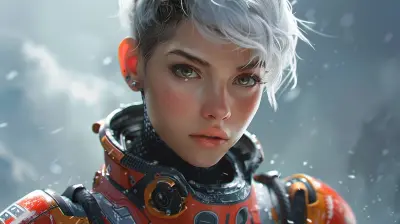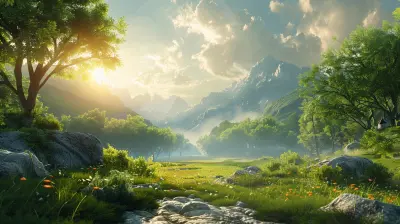Does the First Encounter with the Game’s Main Villain Make an Impact?
16 June 2025
When we fire up a new game, there's always that mix of excitement and curiosity. We’re ready to dive into the world, meet the characters, and tackle the challenges ahead. Sometimes, though, one particular moment stands out more than anything else – that first run-in with the game’s big bad, the main villain.
Think about it: does that first encounter set the stage for the whole adventure? Does it stick in your mind after the credits roll, leaving you thinking, "Whoa, what a moment"? Let’s dive deeper into the topic and figure out if that initial showdown actually matters as much as we think it does.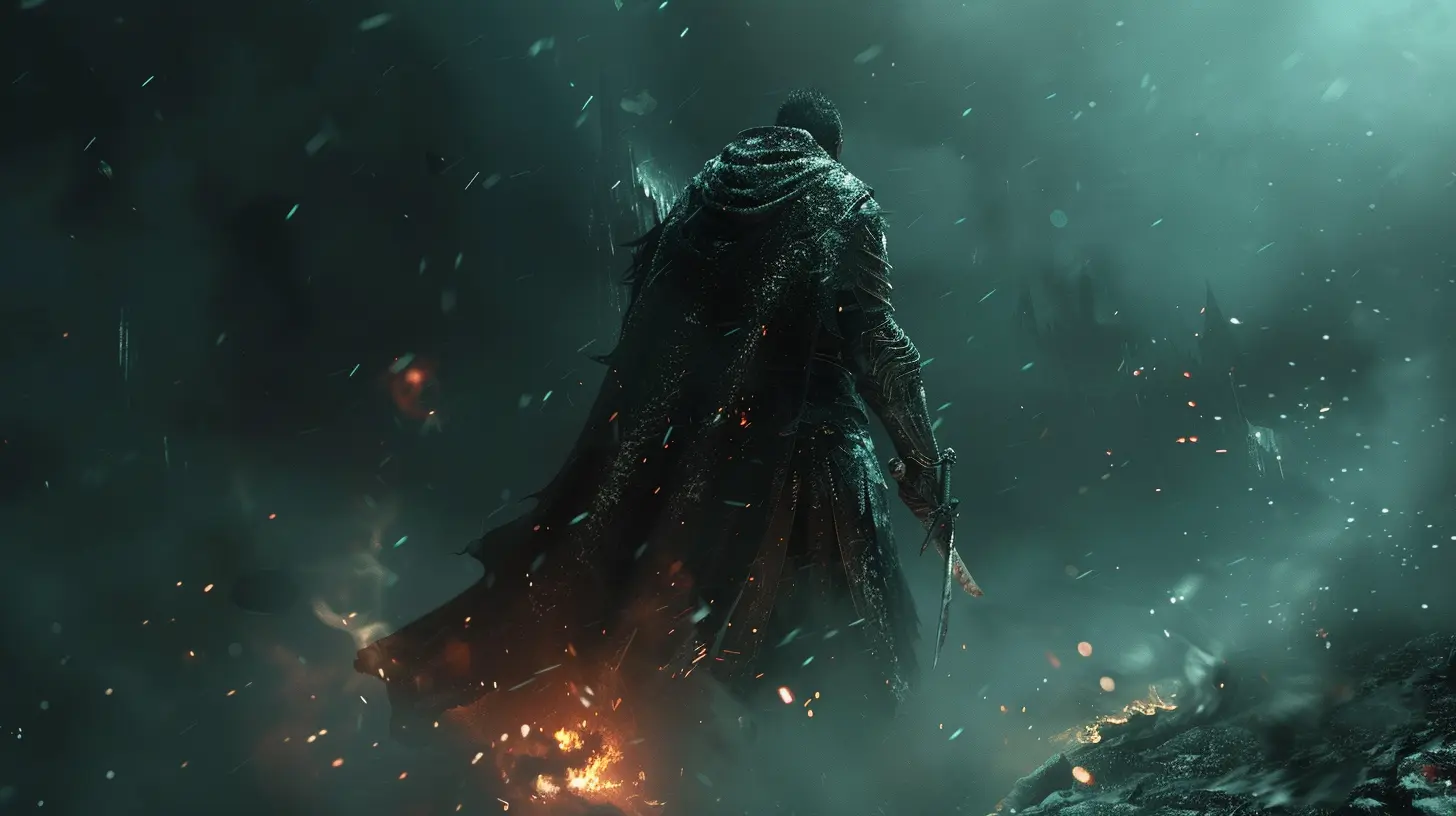
Why the First Encounter Matters
First impressions aren’t just a thing in real life – they’re crucial in video games too, especially when it comes to villains. The main villain is usually the centerpiece of a game’s conflict. They’re the reason you’re fighting, exploring, and, more often than not, the person you’re thinking about beating all the way to the end.If you bump into a villain and they’re… just okay, it’s probably not going to inspire much excitement. But if a game nails that first meet-up? Suddenly, you’ve got chills. You feel the stakes. You know this is going to be good.
Setting the Tone for the Game
Let’s get one thing straight – the first encounter isn’t just a chance to size up the villain. It’s the game’s way of setting the emotional tone. Whether it’s a jaw-dropping betrayal, a heart-pounding chase, or a psychological power play, the way the villain shows up early on gives us a taste of what’s to come.Take Final Fantasy VII, for example. Remember when Sephiroth makes his unforgettable entrance by leaving a trail of destruction and misery? Even if you've only heard about it in gaming circles, that moment screams: This guy isn’t messing around. Right then and there, you know your journey is going to be intense – and deeply personal.
The point is, that initial confrontation builds anticipation. You don’t even have to fully understand the villain yet, but if the presentation is right, you already feel the tension building.
Introducing Power and Personality
Here’s the thing: you can’t just have a villain show up out of nowhere and expect players to care. A good first encounter not only highlights their power but also gives us a glimpse into who they are as a character. Are they charming and manipulative, like Handsome Jack from Borderlands 2? Or are they downright terrifying, like Nemesis in Resident Evil 3?A great villain introduction strikes a balance between showcasing their abilities and giving us a peek into their motivations or personality. This mix of fear, intrigue, and sometimes even grudging admiration makes us emotionally invested. Let’s be real: the best villains are the ones you secretly kind of root for, even though you know they’re the bad guy.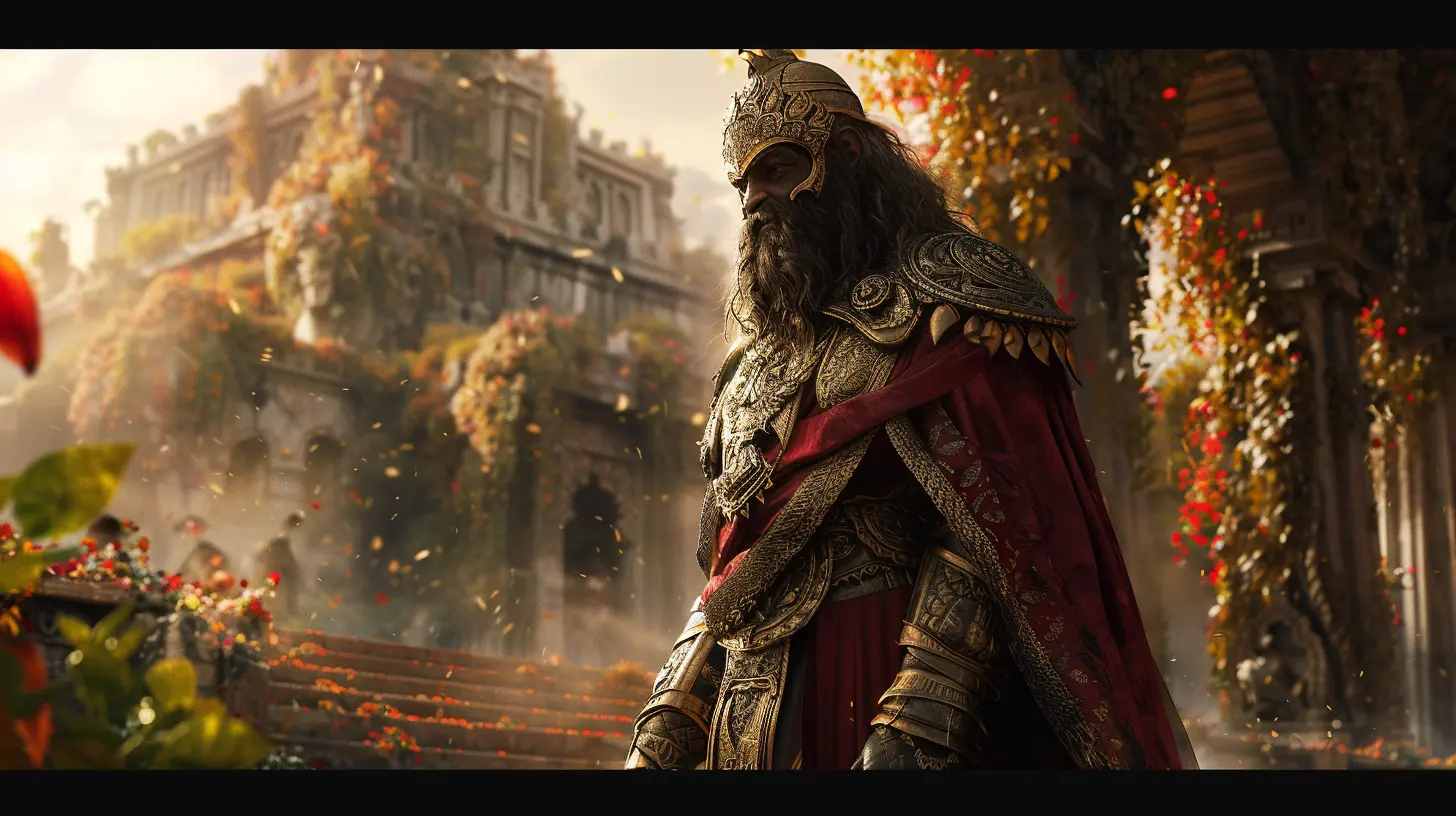
Types of Villain First Encounters That Pack a Punch
Not all first encounters are created equal. Games have found some pretty creative ways to introduce their antagonists and leave a mark on players. Here are a few types of villain introductions that tend to leave lasting impressions:1. The Shock Factor
Sometimes, a villain introduction comes out of nowhere and leaves you completely stunned. Think of it like a jump scare, but with way more emotional weight. One moment, you're going about your business, and the next, the villain steps in and changes everything.A great example of this is when Andrew Ryan in BioShock delivers his iconic "Would You Kindly?" reveal. It’s mind-blowing because it completely redefines your understanding of the story and the villain himself. The shock factor leaves you reeling and ensures you won’t forget him anytime soon.
2. The Overwhelming Show of Strength
Nothing screams “main villain” quite like a character who obliterates everything in their path without breaking a sweat. You’re not supposed to feel hopeful during these encounters – you’re supposed to feel small, powerless, and maybe even a little terrified.Ganondorf in The Legend of Zelda: Ocarina of Time is a masterclass in this. From the moment you see him, he’s radiating danger. He commands the room, and when he finally confronts you, it feels like going up against a force of nature.
3. The Slow Burn
Not every great villain enters the stage with fireworks – sometimes they creep into the story, slowly but surely. Think about GLaDOS in Portal. At first, she’s just an AI giving you instructions, right? But as you progress, there’s this underlying feeling that something’s… off. The realization that she’s the main villain hits differently because it’s been building up in the background the whole time.What makes this kind of introduction so impactful is the sense of gradual dread. You don’t even notice the trap closing in until it’s too late. And by then, you’re hooked.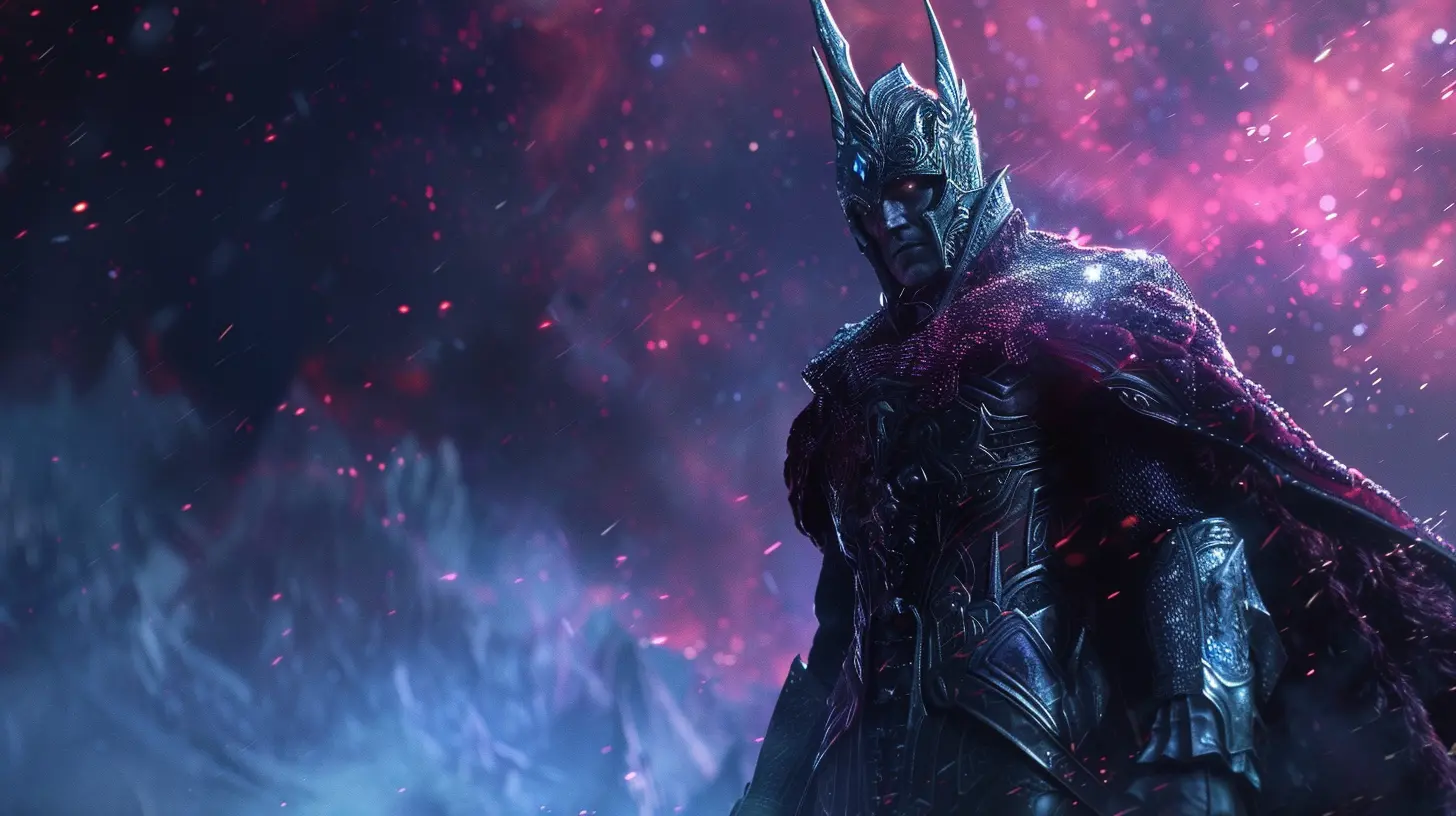
How a Weak First Encounter Can Hurt the Game
Now, let’s flip the script. What happens when a game fumbles its villain’s first appearance? Honestly, it’s like watching a movie where the main antagonist never feels threatening. You might still enjoy the story, but it’s not going to hit as hard.A weak or generic introduction can make the villain feel forgettable. And if the villain isn’t memorable, the stakes of the game automatically feel lower. Why bother saving the world if the bad guy doesn’t really seem all that bad?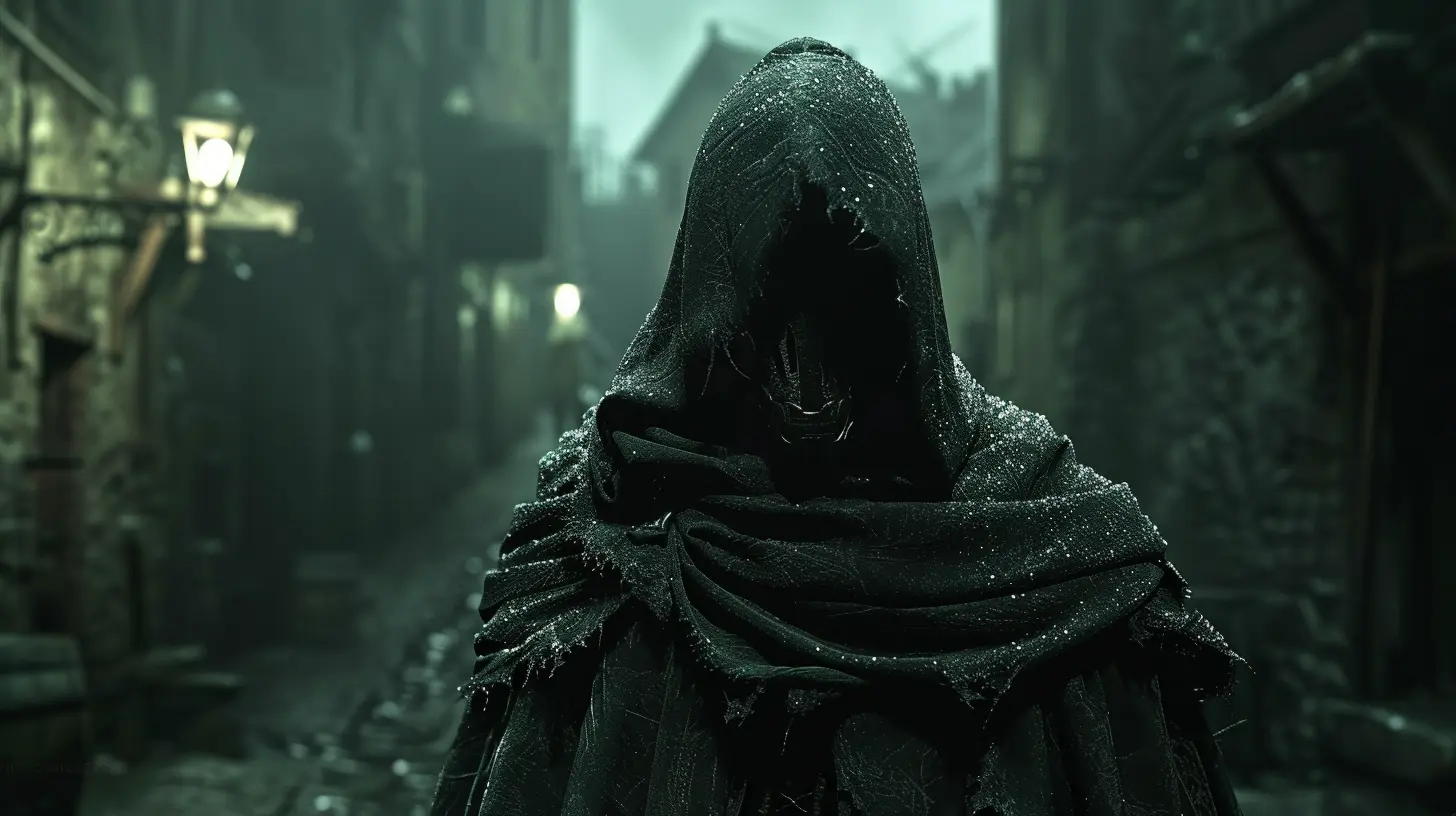
Games That Did It Right
Let’s talk about some games that absolutely nailed this. These are the titles where the villain’s first encounter left players buzzing:- The Witcher 3: Wild Hunt – Eredin and his spectral Wild Hunt crew are a haunting presence from the get-go. Their first interaction with Geralt is adversarial, dangerous, and just mysterious enough to keep you guessing.
- Far Cry 3 – Vaas’s "definition of insanity" monologue is one of the most talked-about moments in gaming history. You don’t even need to have played the game to feel the weight of his words.
- Batman: Arkham Asylum – The Joker’s introduction literally kicks off the chaos in the game. From the moment you’re escorting him into Arkham, you know he’s about to turn everything upside down.
So, Does It Really Make an Impact?
Absolutely. The first encounter with the game’s main villain is like the opening riff of a killer song – it sets the tone and gets you hooked. While not every game relies on a single standout moment to introduce its villain, the ones that do it well stay with you long after you’ve powered down your console.A great villain introduction can inspire fear, curiosity, or even fascination. It can elevate the stakes of the entire game and make the final showdown feel like the culmination of an epic journey. On the flip side, a weak introduction can dilute the emotional impact and make the story feel less engaging.
So, the next time you’re playing a game and come face-to-face with the antagonist for the first time, take a moment to appreciate how that scene sets the stage. Who knows? It might just be one of those gaming moments you talk about for years to come.
all images in this post were generated using AI tools
Category:
First ImpressionsAuthor:

Tayla Warner
Discussion
rate this article
3 comments
Axel Jacobs
The first encounter with the main villain is crucial for setting the tone of the game. It establishes the stakes and creates emotional investment. A memorable introduction can elevate the narrative, making players eager to engage further. It’s a defining moment that can shape the entire experience.
June 20, 2025 at 2:28 PM

Tayla Warner
Absolutely! The first encounter with the main villain is pivotal; it sets the game's emotional tone, establishes stakes, and hooks players into the narrative, shaping their overall experience.
Izaak Daniels
Absolutely, a villain's first encounter sets the tone for the entire game. It shapes player emotions, expectations, and ultimately, their investment in the narrative.
June 20, 2025 at 3:30 AM

Tayla Warner
Absolutely! The initial encounter with the villain is crucial—it anchors player emotions and establishes the narrative's stakes right from the start.
Sebastian McAuley
The first encounter with a game’s main villain sets the tone for the entire experience. It’s crucial for establishing tension and character motivation. A well-crafted introduction can evoke fear, intrigue, and even empathy, making players emotionally invested in the storyline and eager to confront this formidable antagonist throughout their journey.
June 18, 2025 at 3:46 AM

Tayla Warner
Absolutely! The first encounter with a game’s main villain is pivotal for setting the emotional stakes and engaging players. It lays the foundation for the conflict and deepens investment in the narrative.
